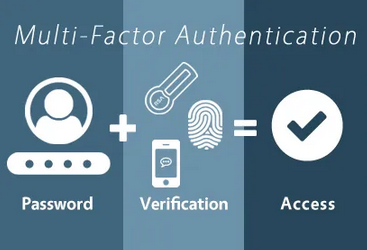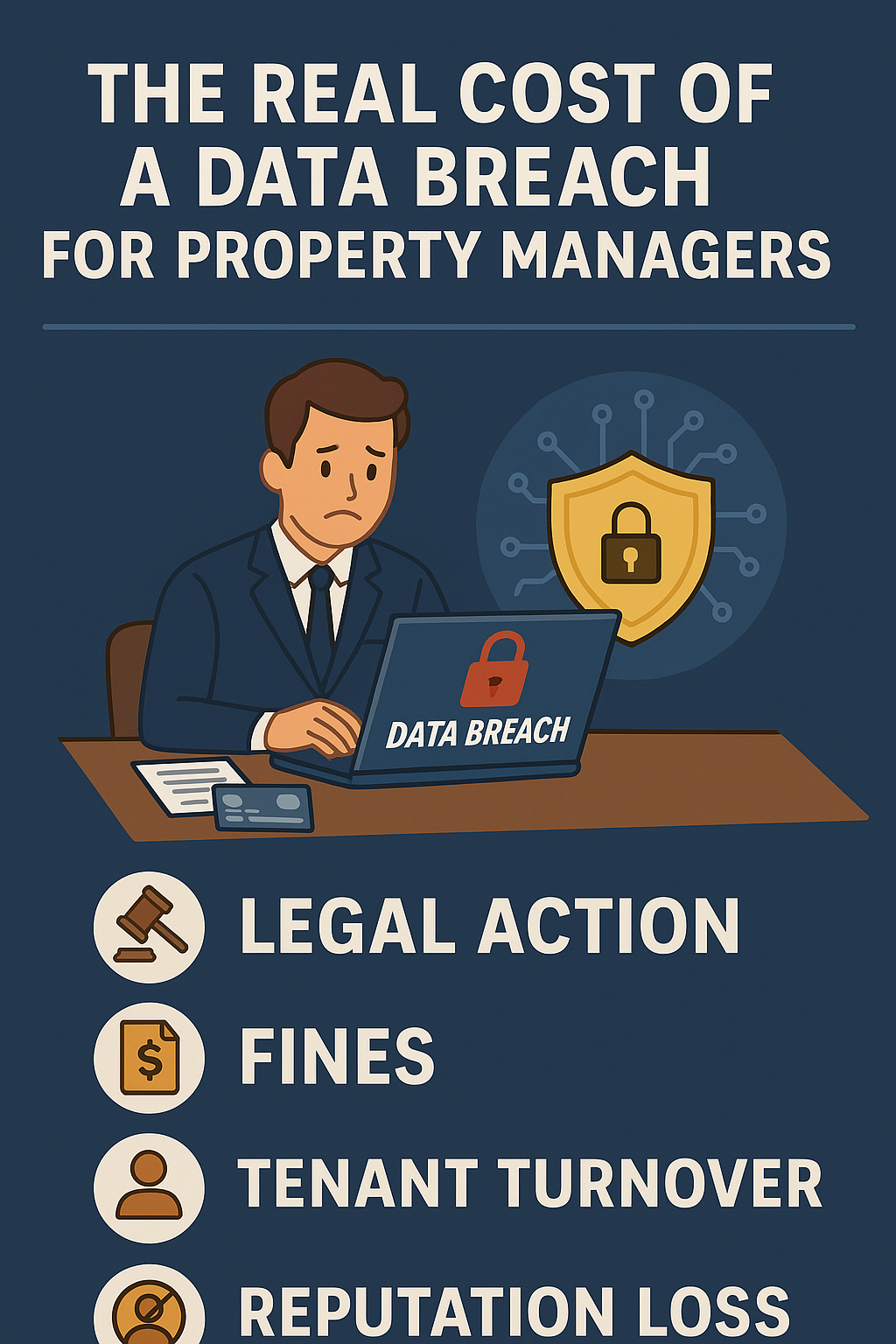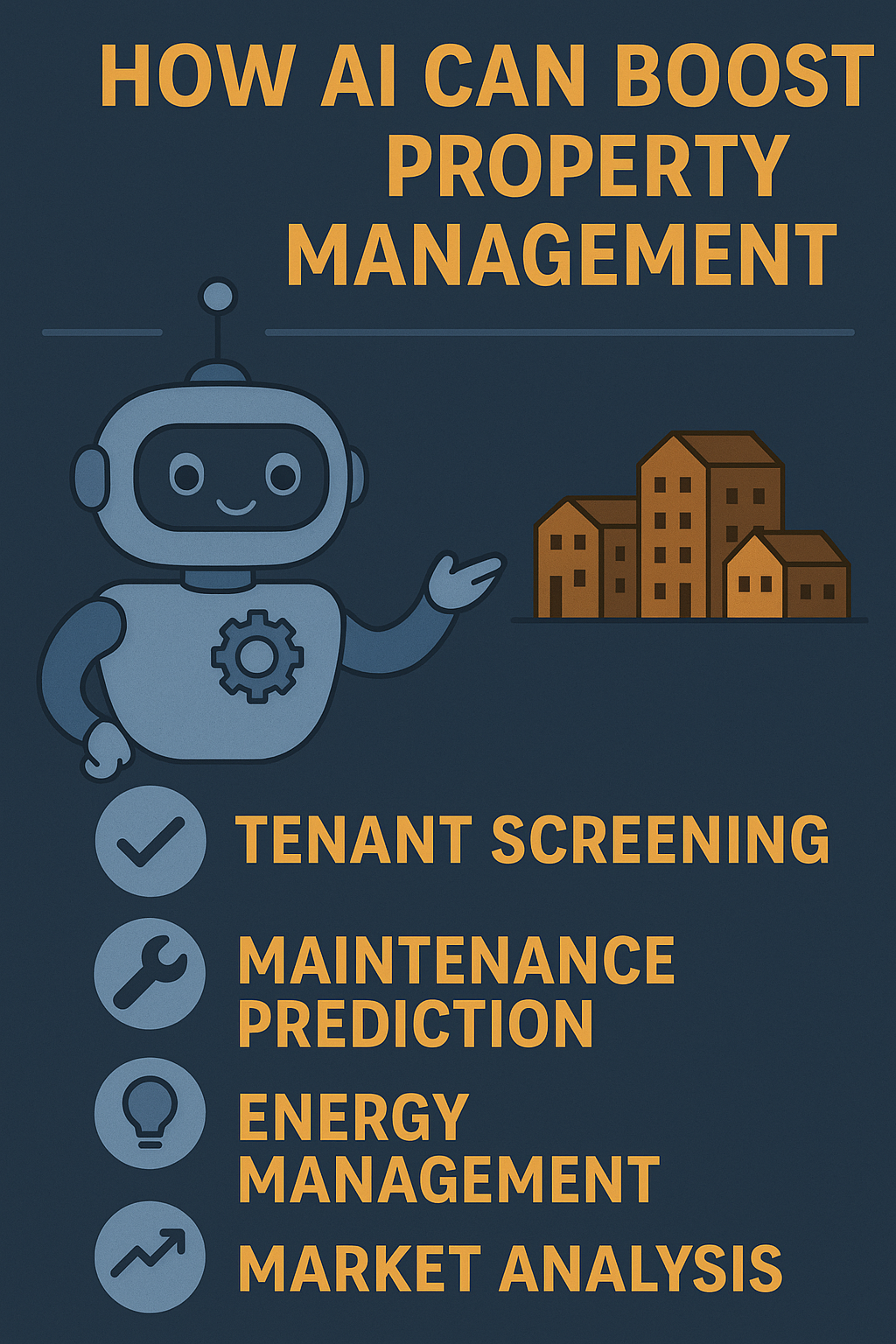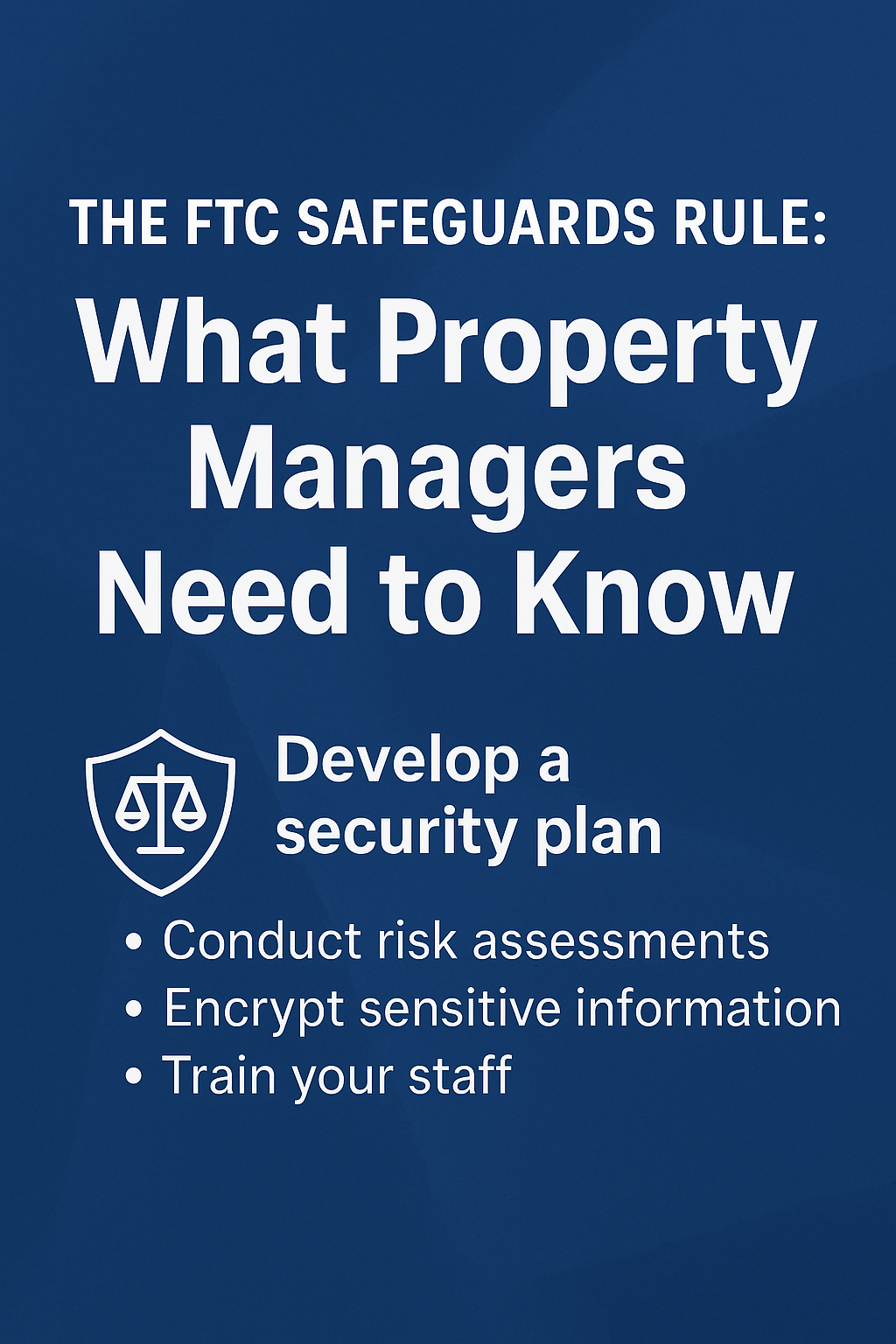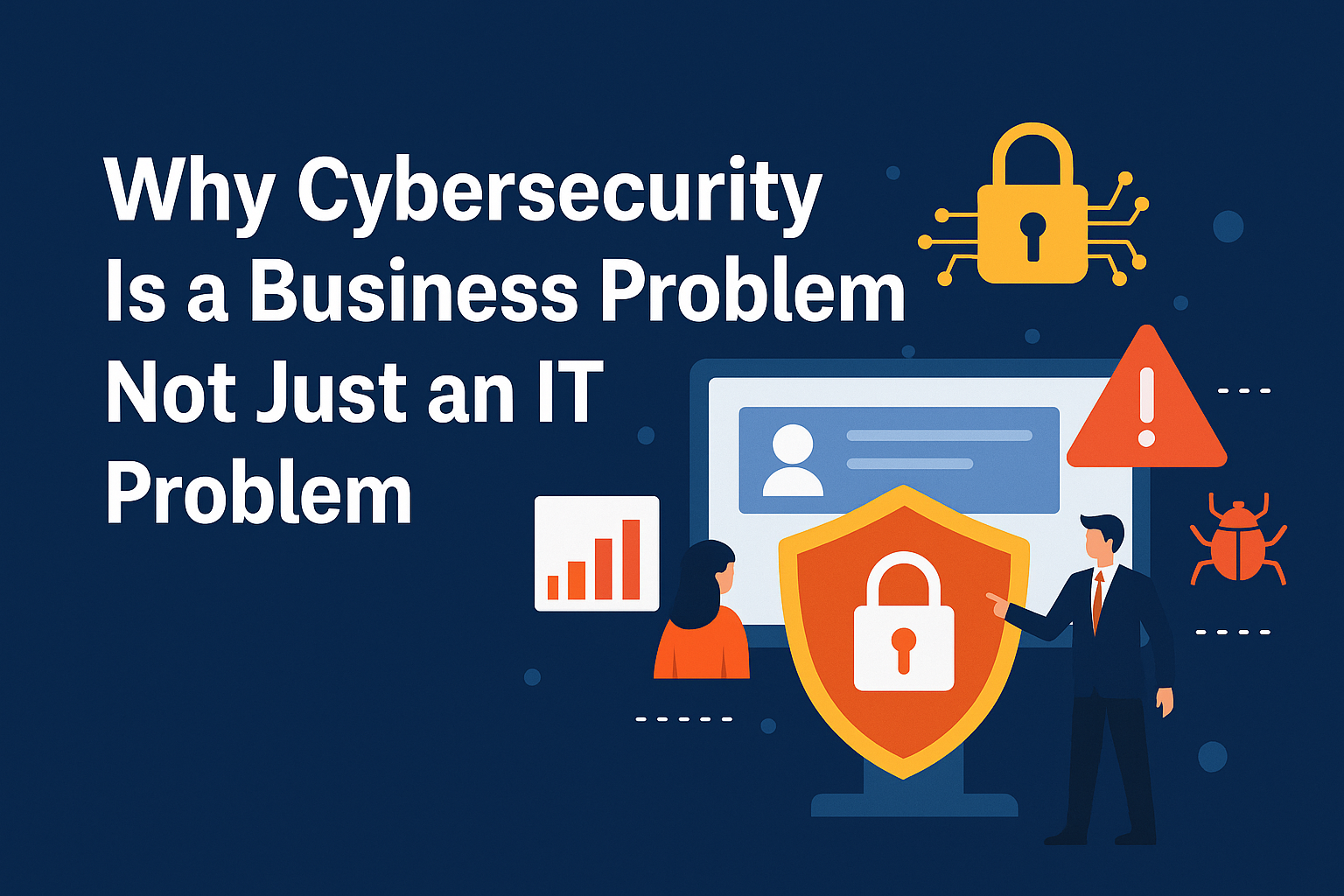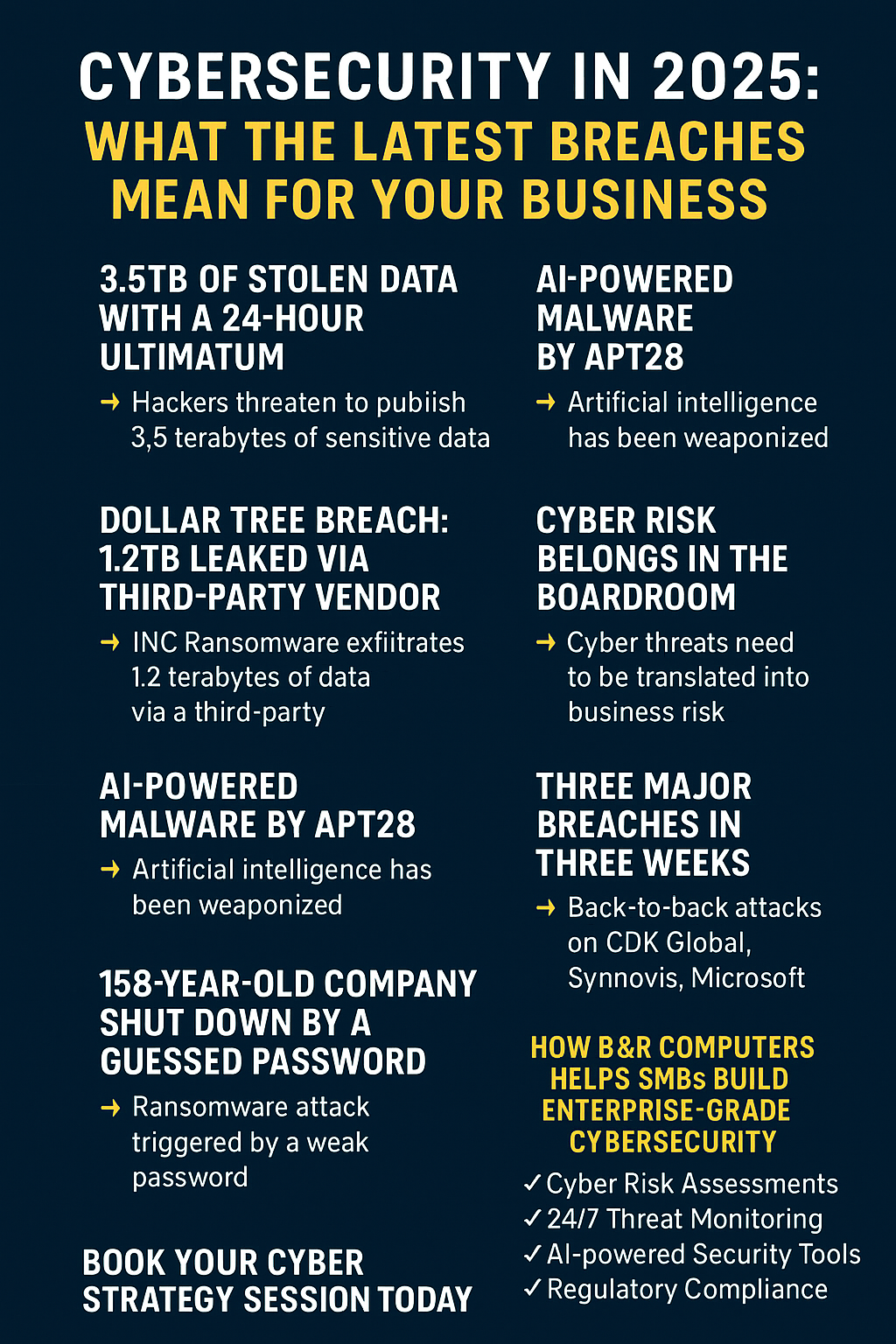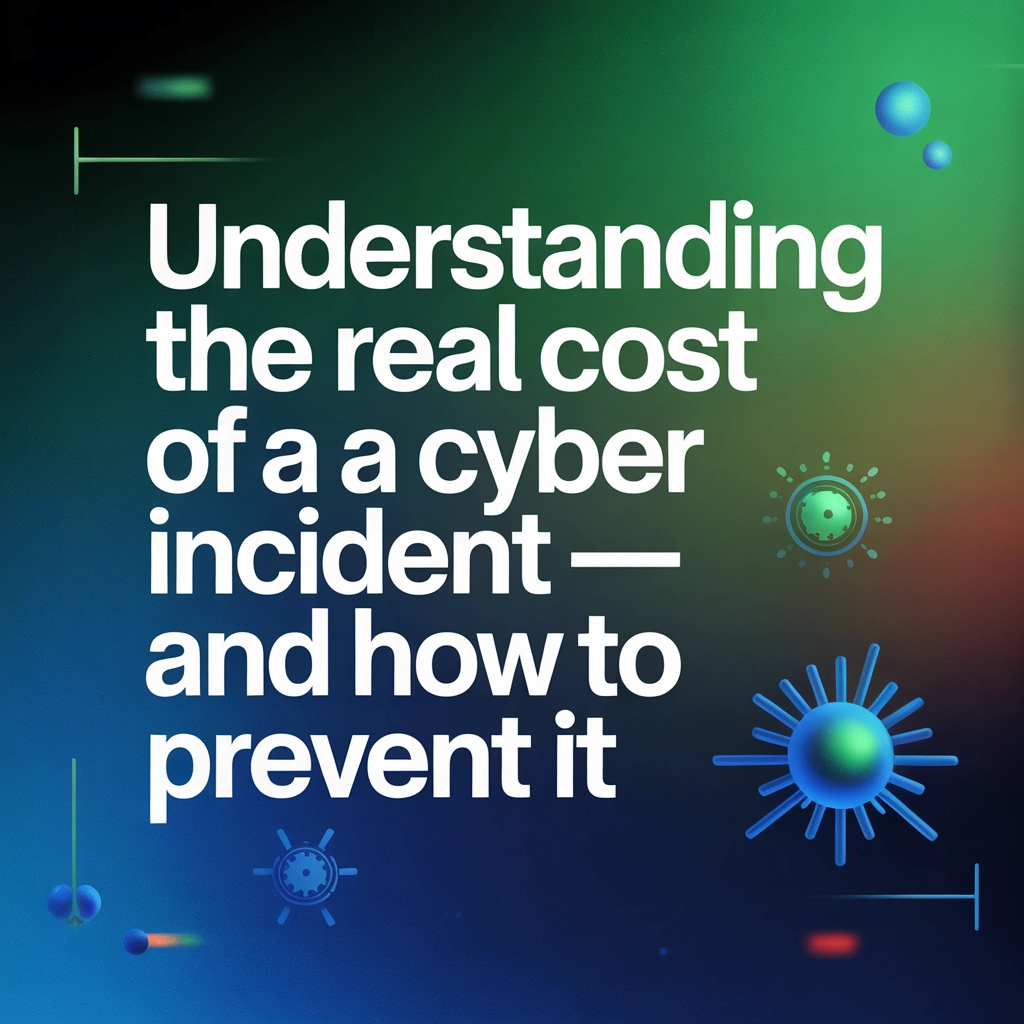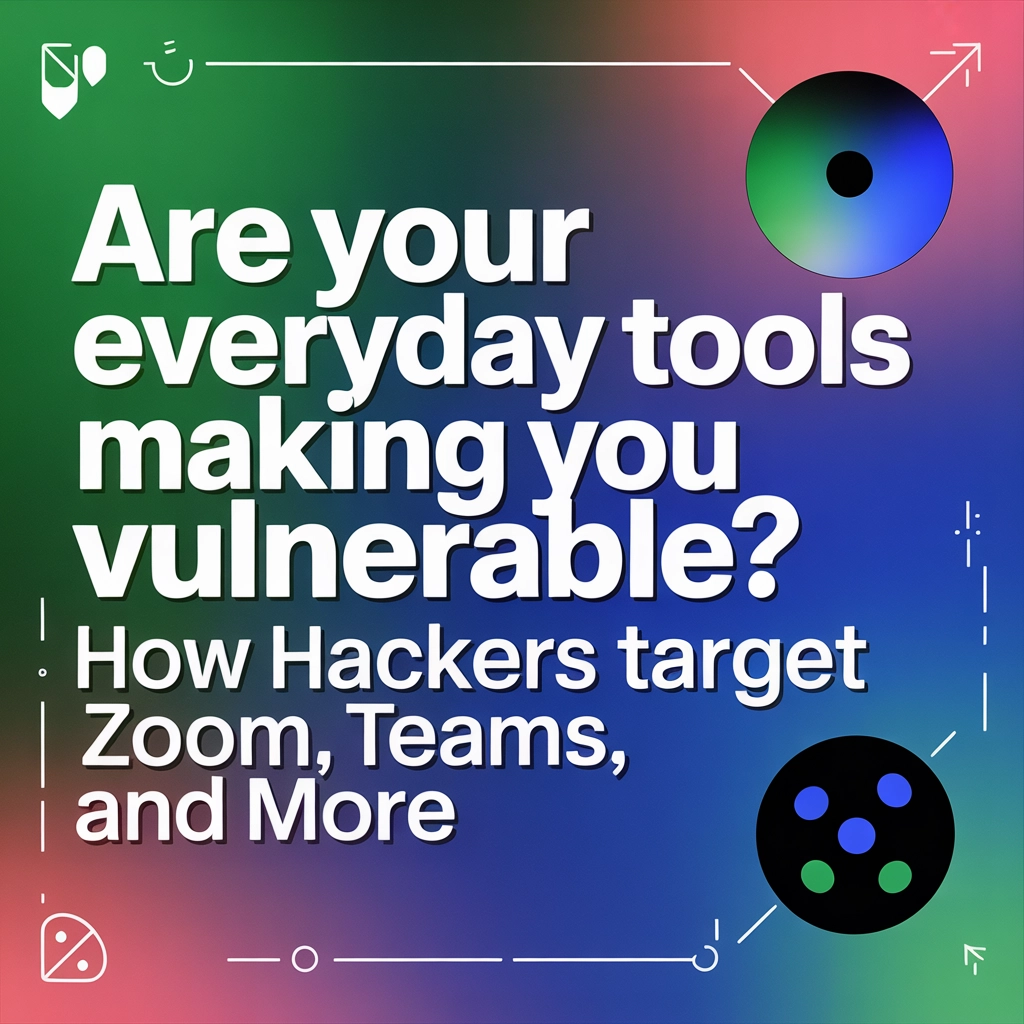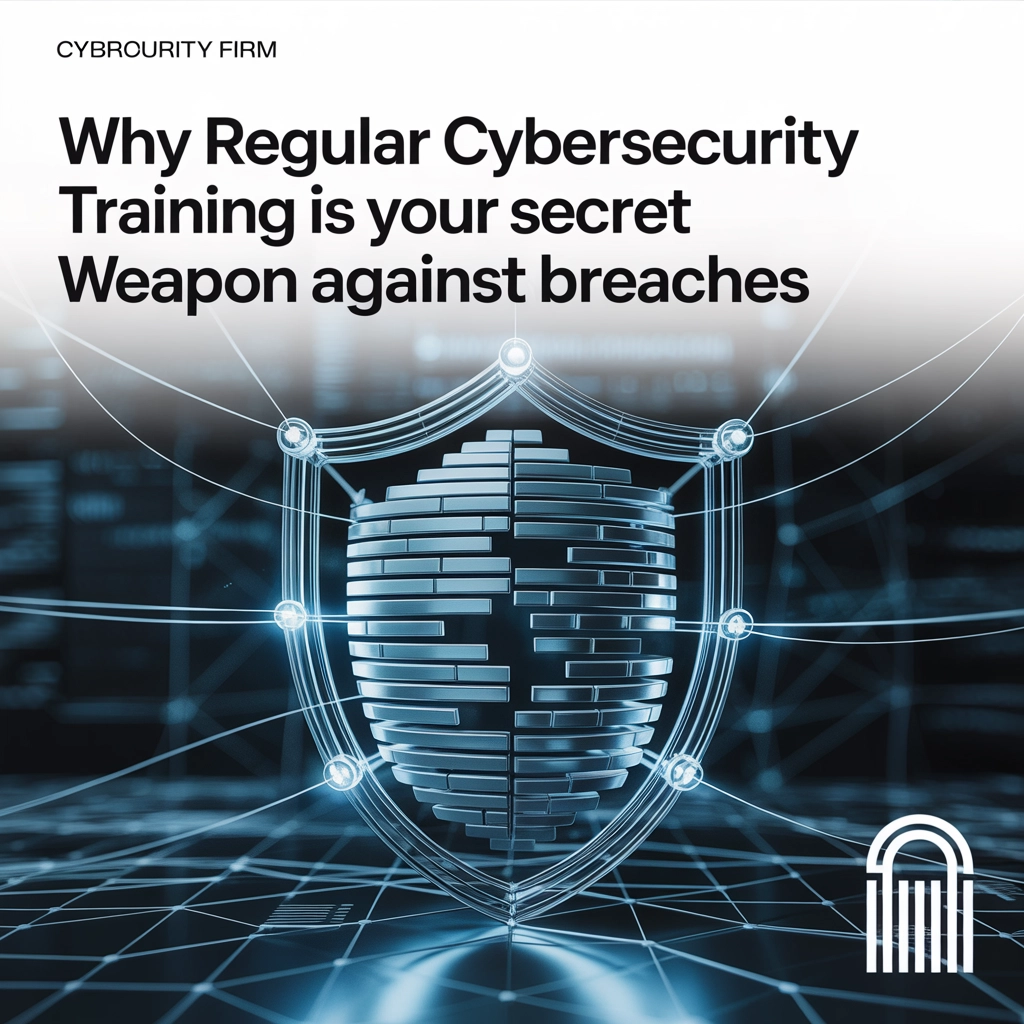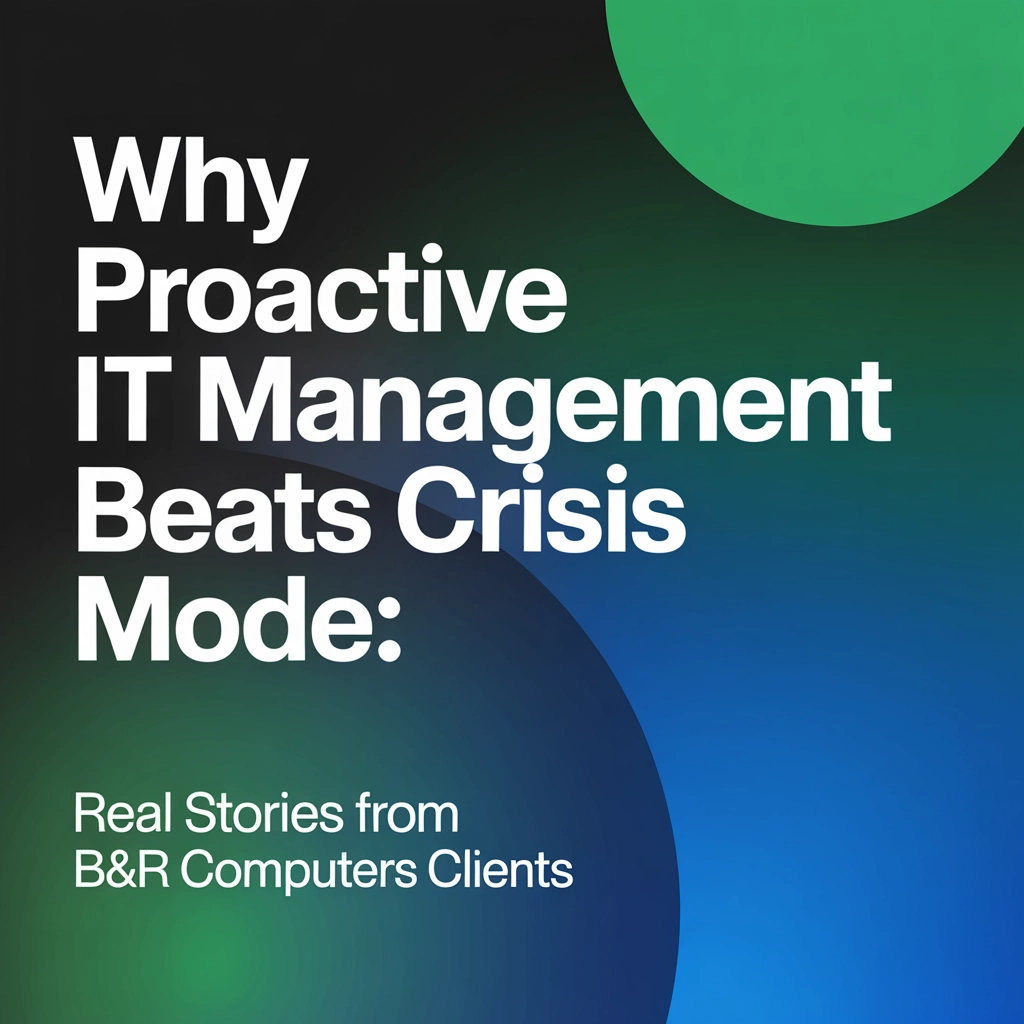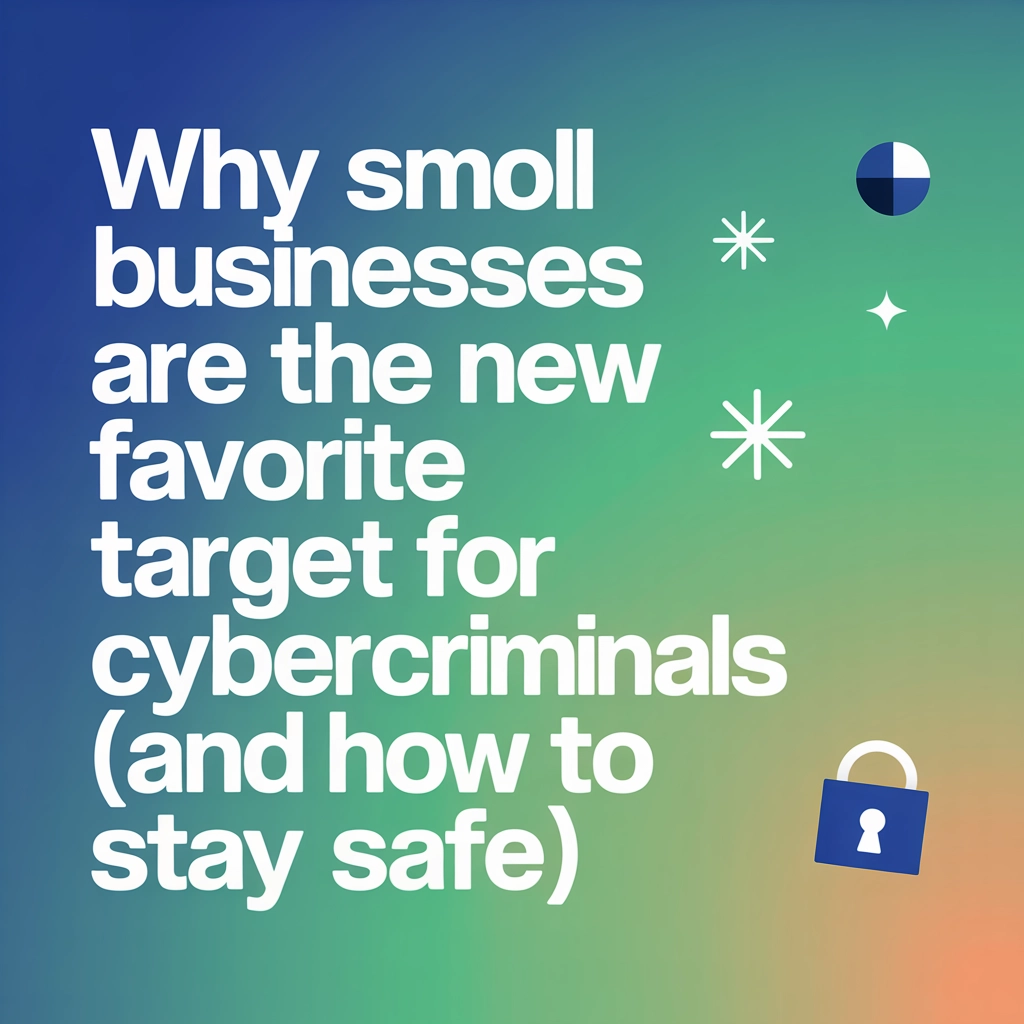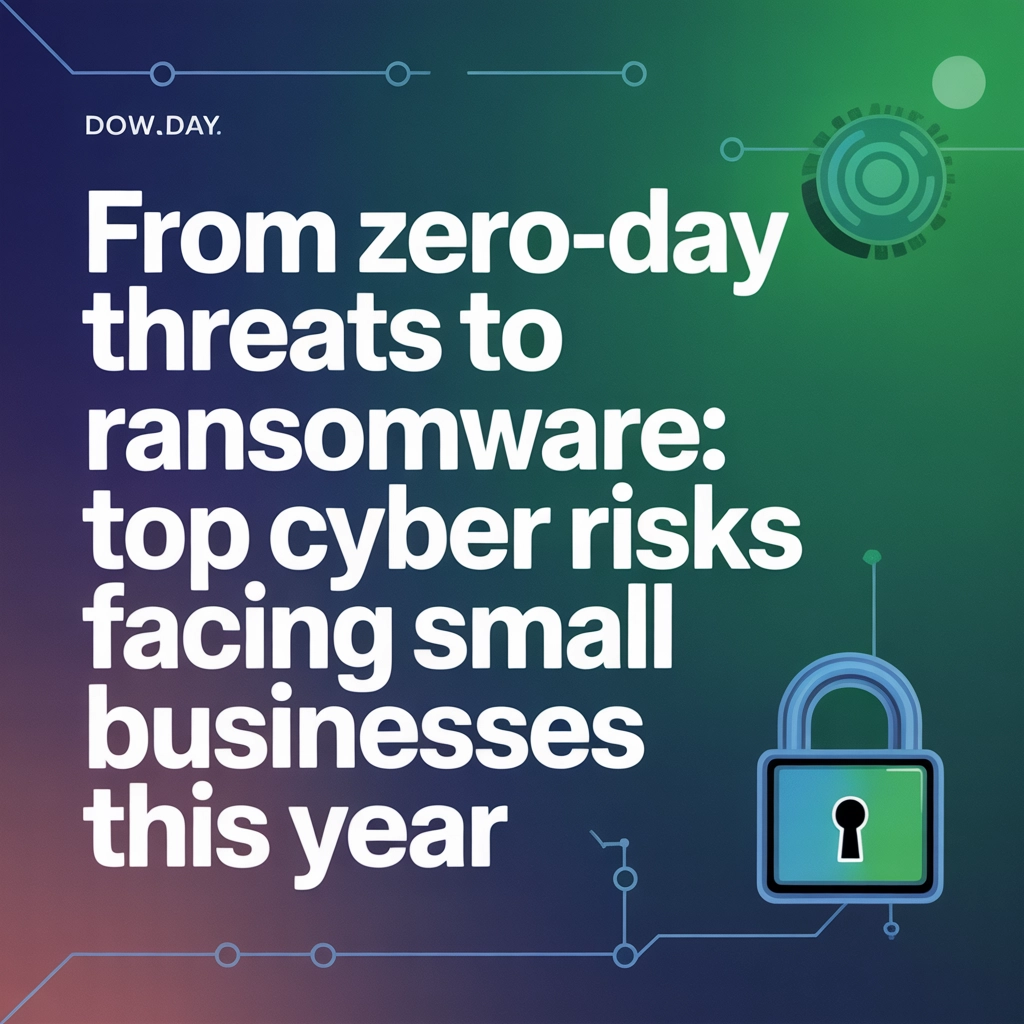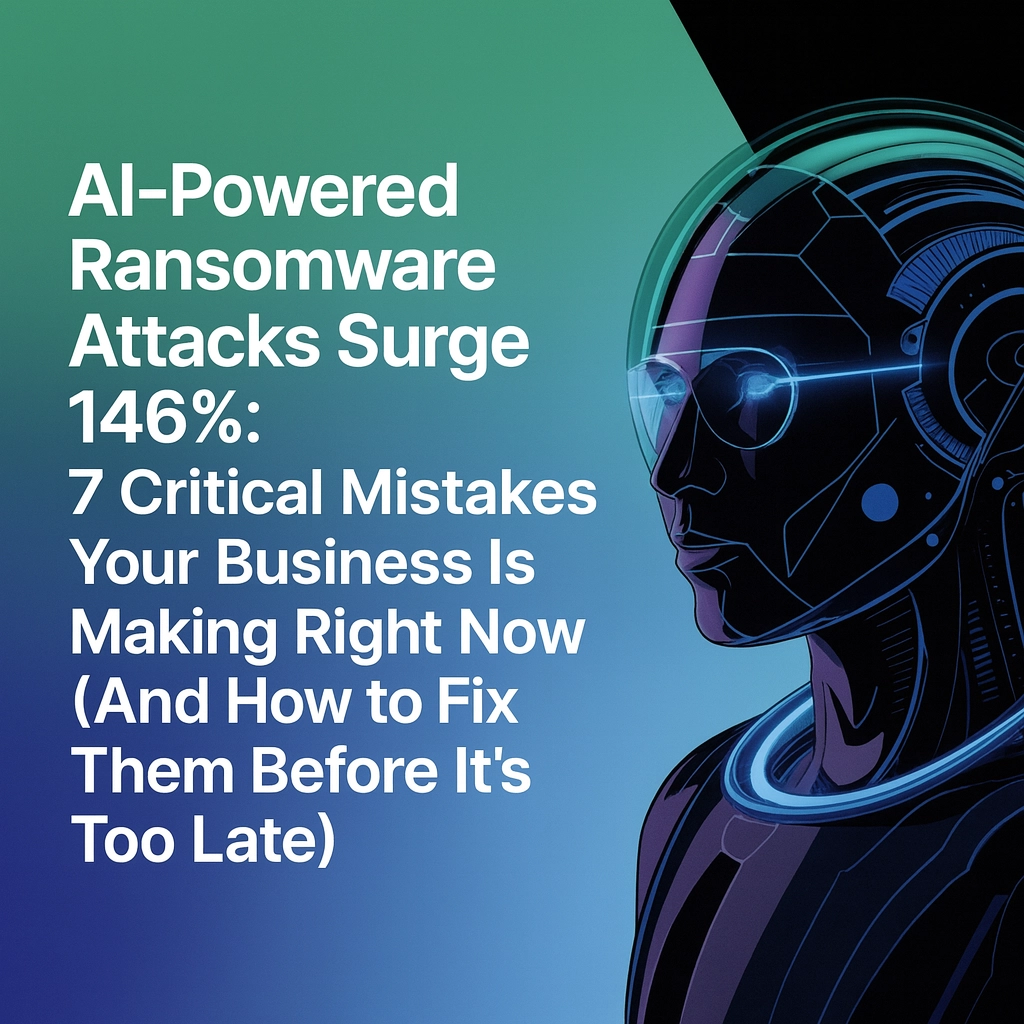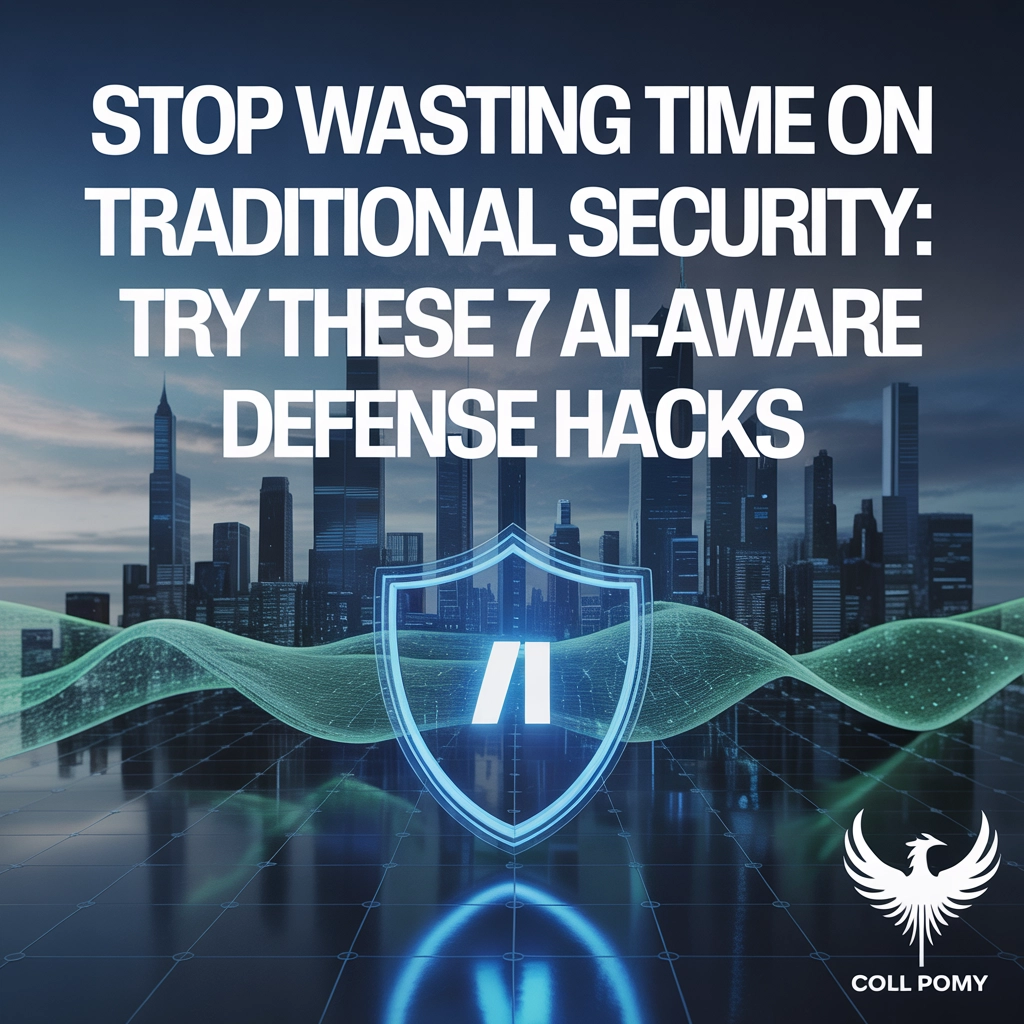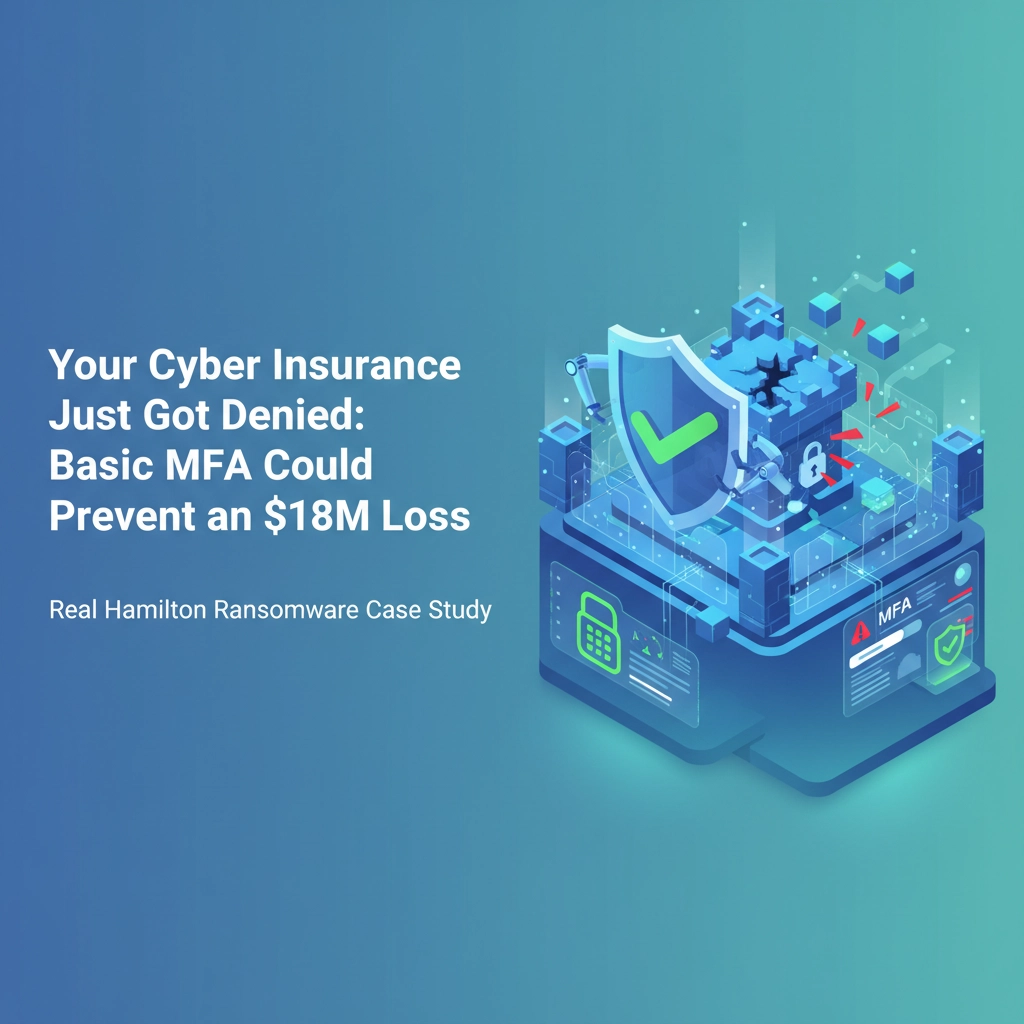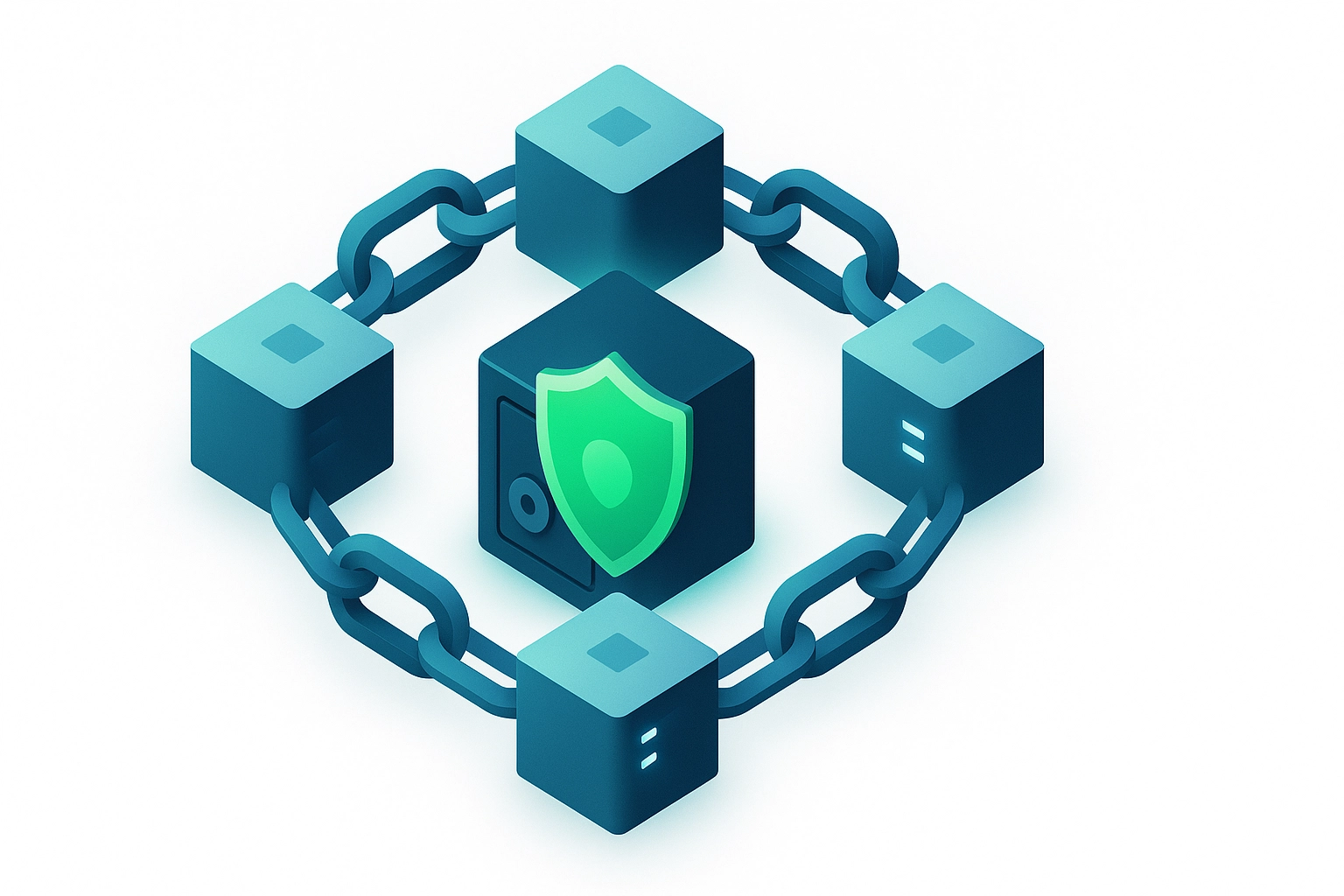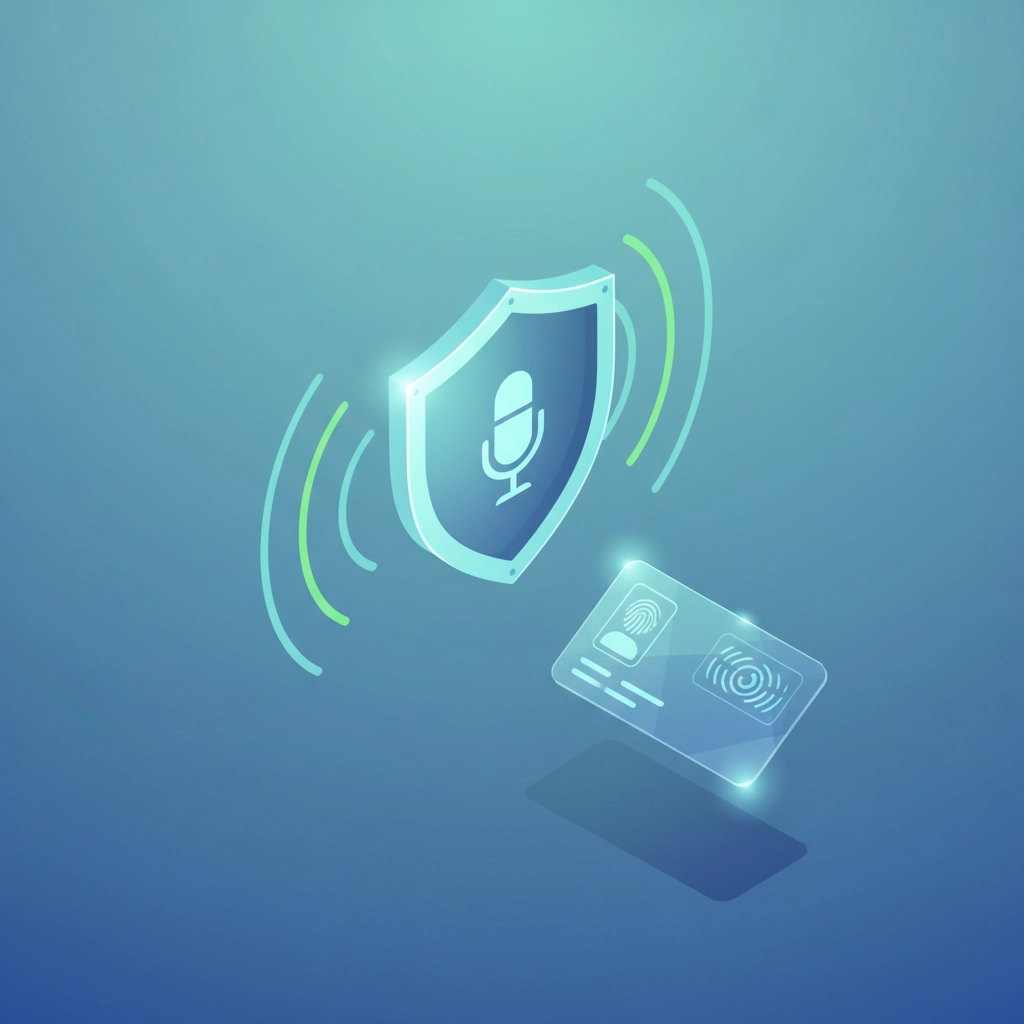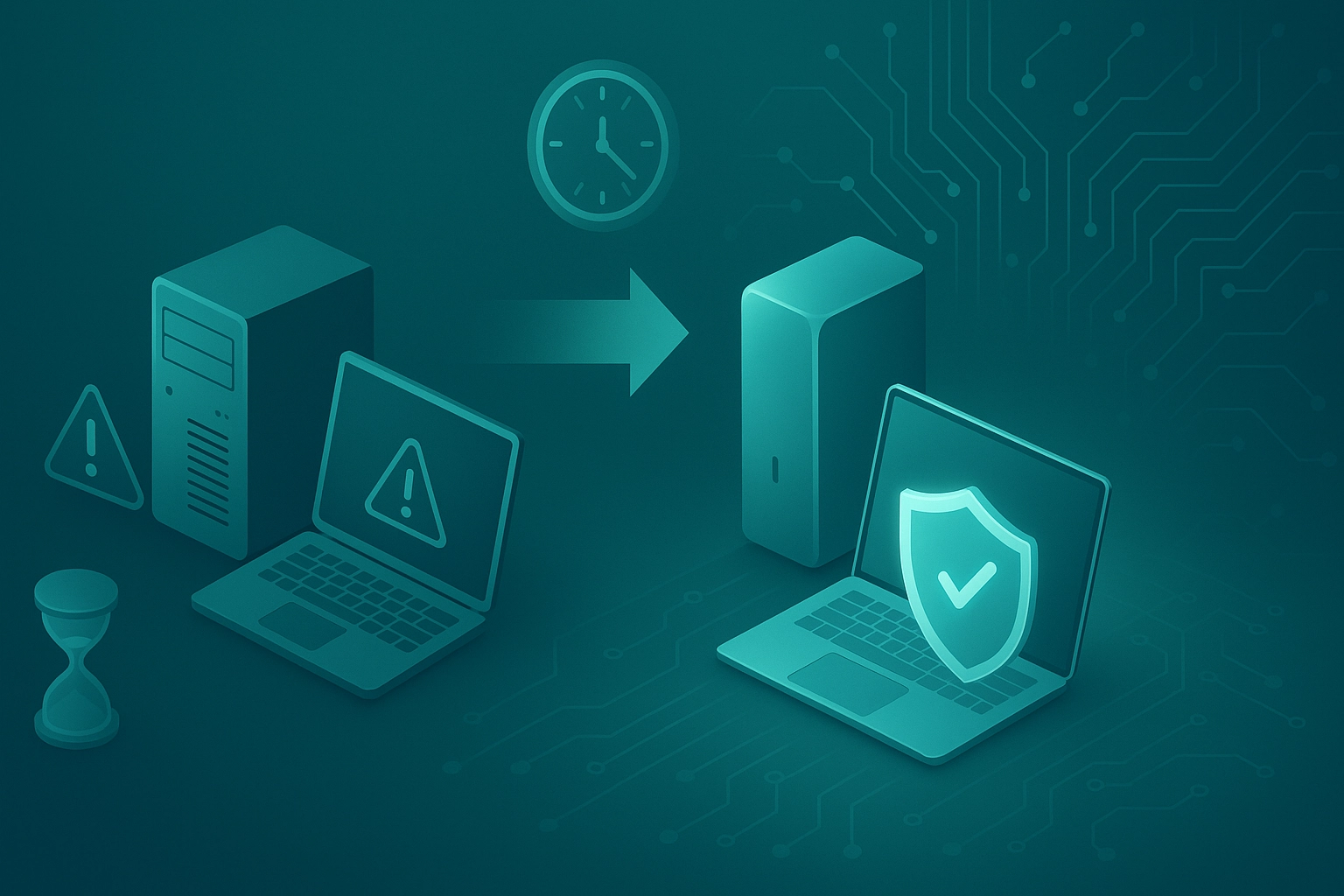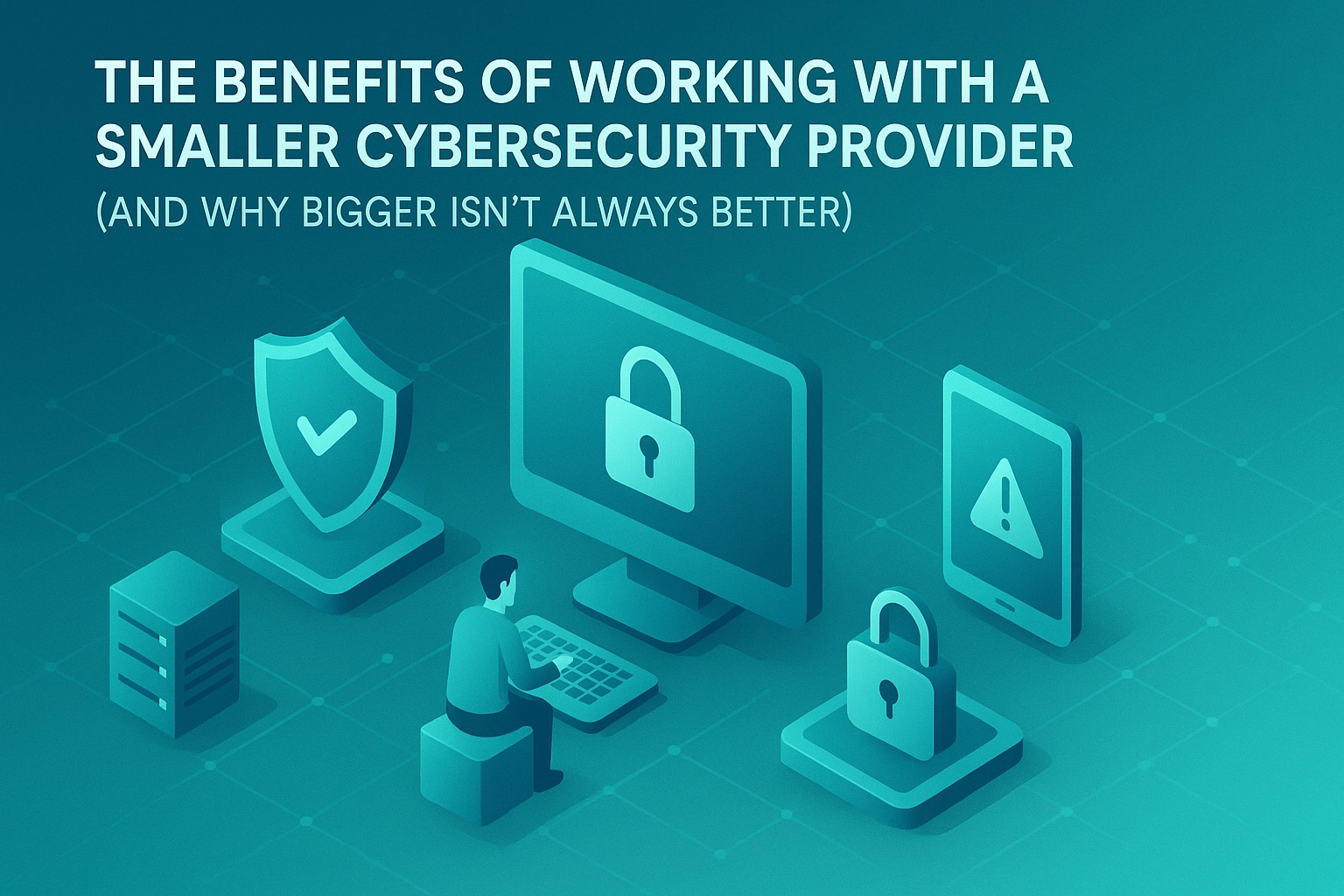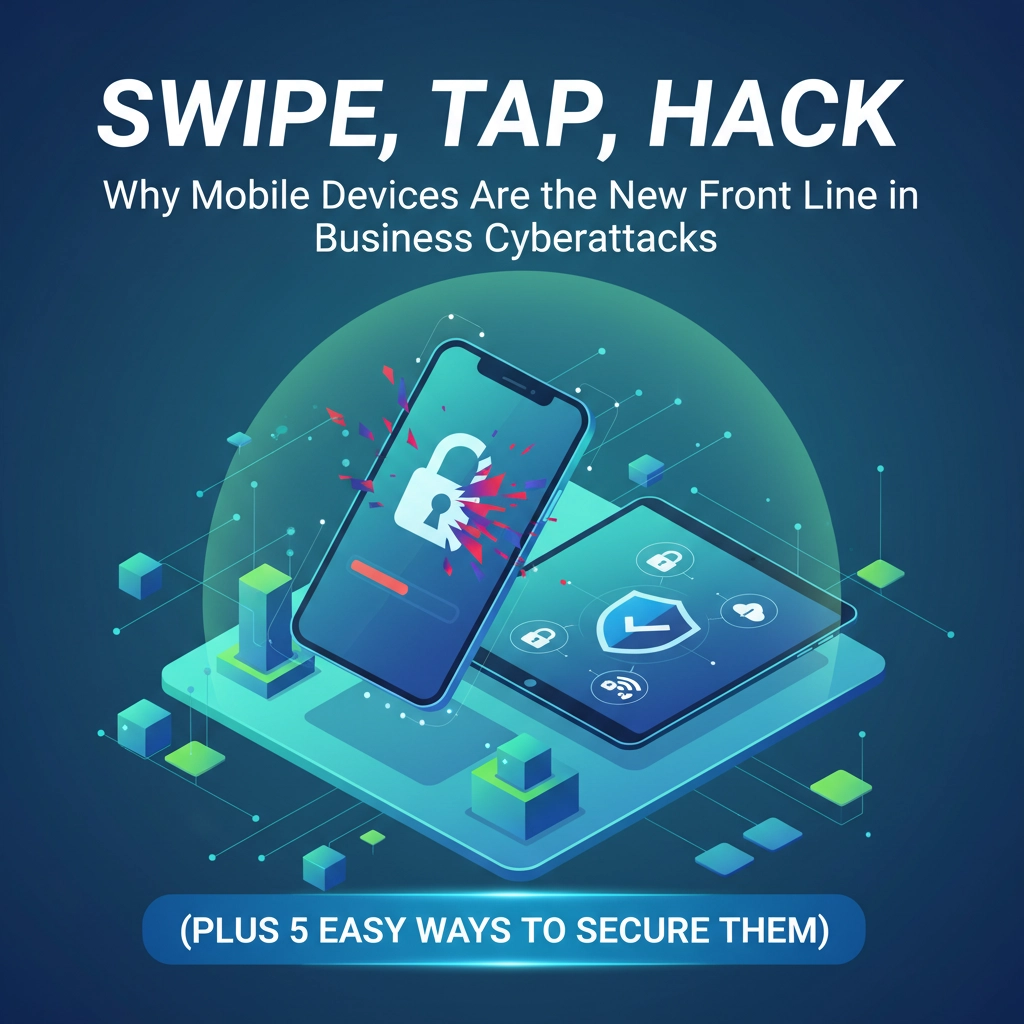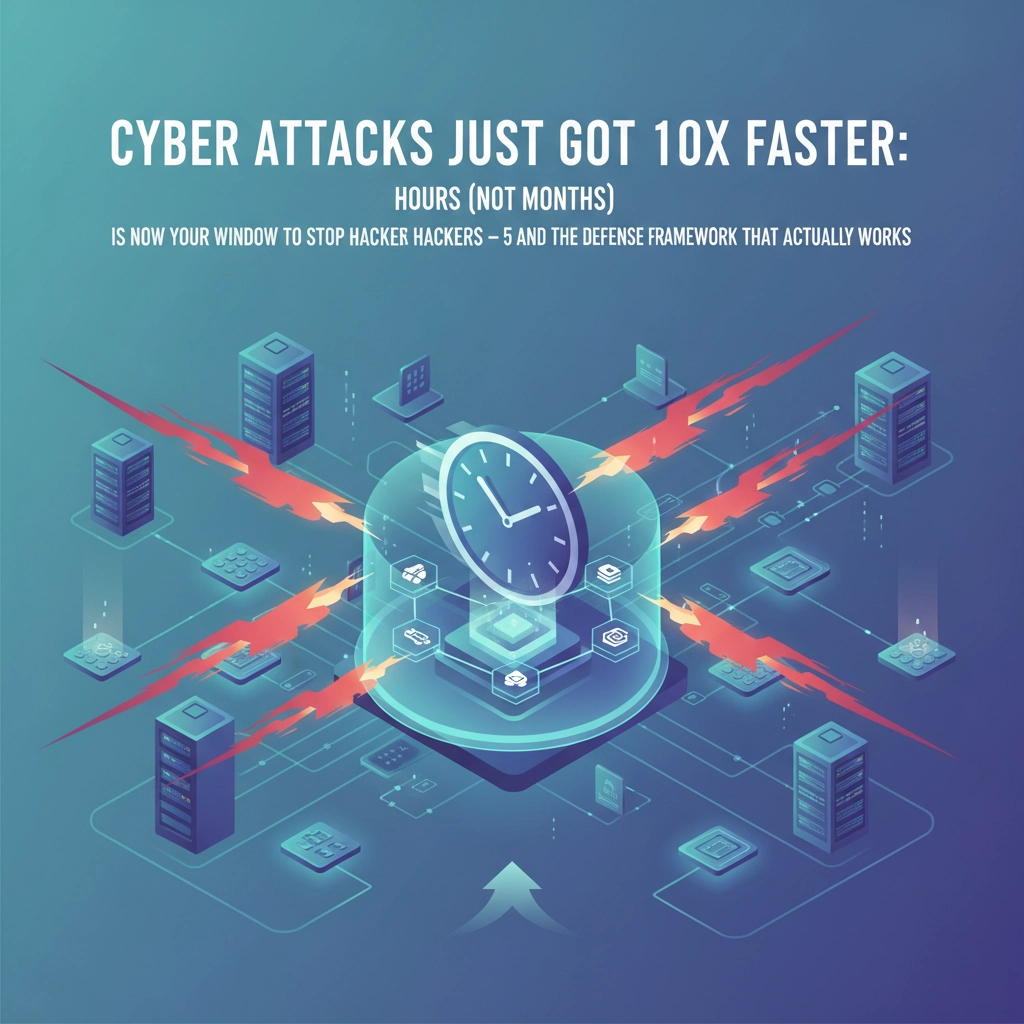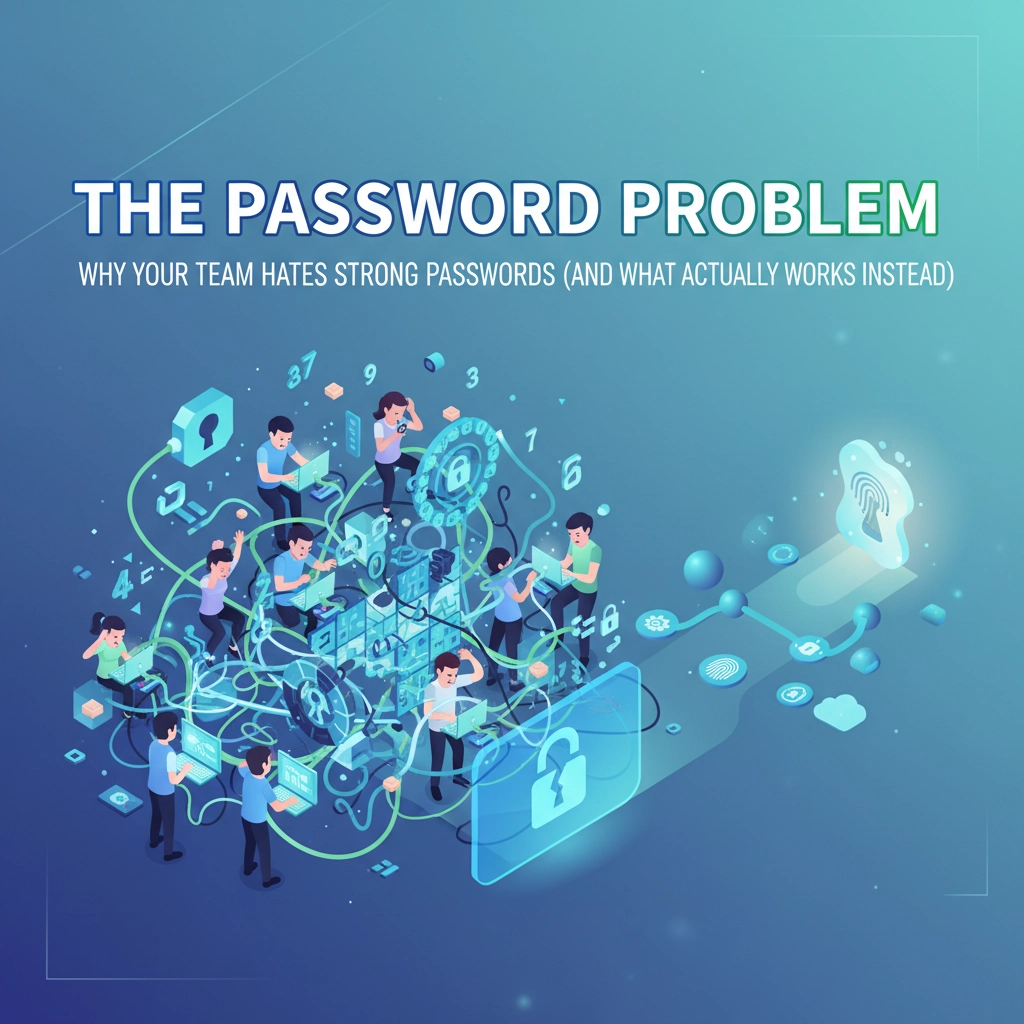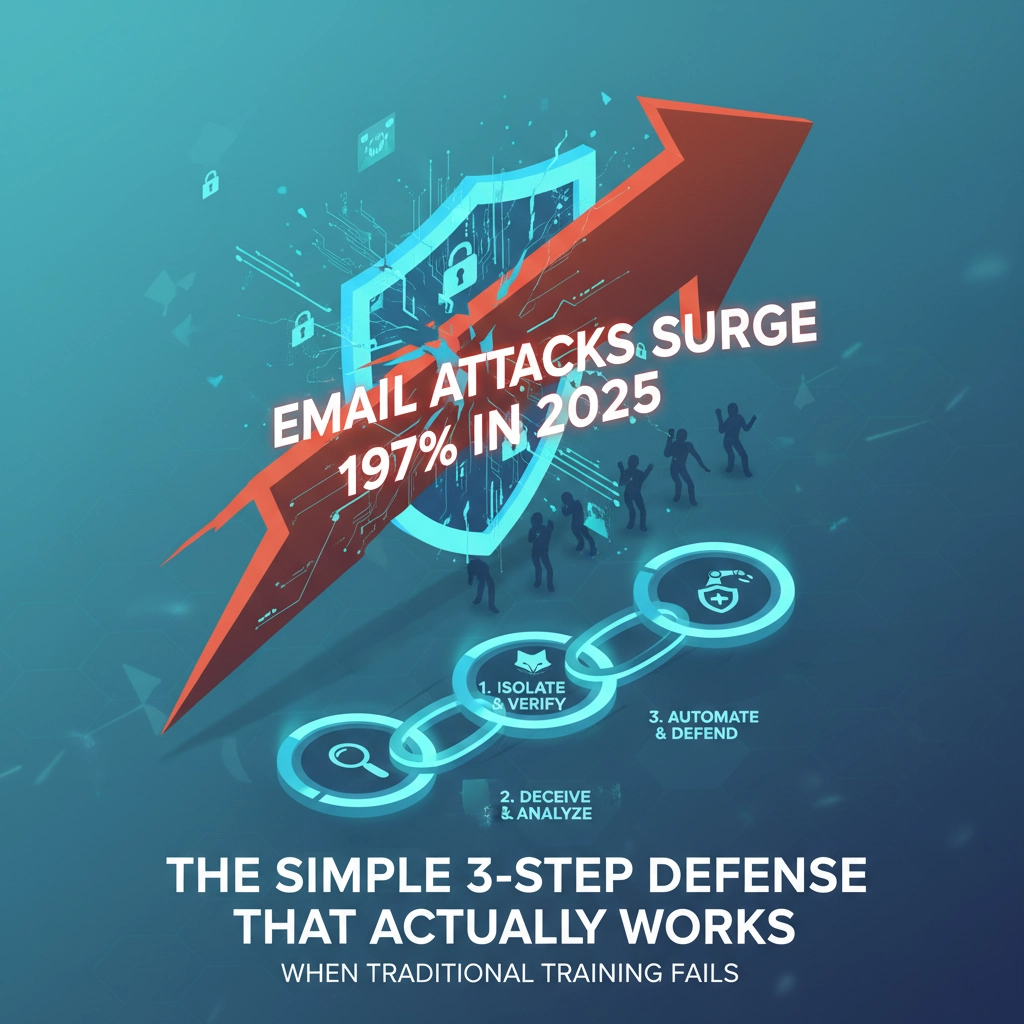Remember when cyber attacks took days or even weeks to fully unfold? Those days are gone. Today's hackers move from getting their first foothold in your network to taking complete control in just 48 minutes. That's less time than your average lunch break.
This isn't some distant future threat: it's happening right now, and it's why traditional "we'll figure it out when it happens" security approaches are getting businesses burned faster than ever.
The 48-Minute Reality Check
Here's the scary truth: cybercriminals have gotten ridiculously efficient. What used to take them 72 minutes (which was already lightning-fast) now happens in 48 minutes or less. They're not using some revolutionary new technology: they're just better at executing the same old tricks that have been working for years.
Think about what happens in your business in 48 minutes. Maybe you grab a coffee, answer some emails, attend a quick meeting. Meanwhile, a hacker could have already mapped out your entire network, identified your most valuable data, and started moving it to their servers.
The problem isn't that attacks are more sophisticated: it's that they're faster, and most businesses are still operating with response times built for a slower threat landscape.

Why Speed Kills (Your Business)
The reason this 48-minute window is so dangerous comes down to a simple concept: lateral movement. Once hackers get past your initial defenses: maybe through a phishing email or a weak password: they don't just sit there. They immediately start exploring your network, looking for bigger targets.
In those crucial first 48 minutes, they're:
- Mapping out your network architecture
- Identifying admin accounts and high-value systems
- Installing backdoors for persistent access
- Copying sensitive data
- Setting up for the main event (usually ransomware or data theft)
If you don't catch them in that window, you're not just dealing with a security incident anymore: you're dealing with a full-scale business disaster.
The 5 Rapid-Response Strategies That Actually Work
Let's cut through the marketing fluff and talk about what actually stops these fast-moving attacks. These aren't theoretical strategies: they're practical defenses you can implement starting today.
1. Deploy Automated Response Systems (SOAR)
Manual incident response is like bringing a knife to a gunfight when you're dealing with 48-minute attack windows. Security Orchestration, Automation, and Response (SOAR) platforms are your force multiplier.
Here's what SOAR actually does: When a threat is detected, it automatically kicks off a series of response actions without waiting for human approval. Suspicious IP gets blocked instantly. Infected devices get isolated from the network immediately. Critical stakeholders get notified within seconds.
Tools like Splunk Phantom or Cortex XSOAR can turn a 30-minute manual response into a 30-second automated one. When you're working with a 48-minute deadline, that speed difference is everything.
2. Let AI Handle Alert Triage
Your security team probably gets thousands of alerts every day, and 95% of them are false alarms. While your people are drowning in noise, real attacks slip through unnoticed.
AI-powered threat detection systems solve this by automatically sorting through alerts and flagging the ones that actually matter. Instead of your team checking every single alert, they focus only on the verified threats that need immediate attention.
Modern platforms like Darktrace and Microsoft Sentinel use machine learning to understand what normal looks like in your environment, so they can spot the subtle signs of an attack in progress: often before traditional signature-based systems even know there's a problem.

3. Have an Instant Network Isolation Plan
When you confirm an attack is happening, your first priority is stopping it from spreading. This means immediately cutting off the compromised systems from the rest of your network.
But here's the key: you need to know exactly how to do this before the attack happens. Which cables do you unplug? Which network segments do you isolate? Who has the authority to make these decisions?
Map out your isolation procedures now, and make sure they can be executed in under 5 minutes. Every minute you spend figuring out the process during an active attack is another minute the hackers have to dig deeper into your systems.
4. Practice Your Incident Response Like a Fire Drill
Having an incident response plan that sits in a binder on someone's shelf is worse than having no plan at all: it gives you false confidence while providing zero actual protection.
Your team needs to practice responding to attacks regularly, just like fire drills. Run tabletop exercises where you simulate different attack scenarios and time how long it takes to execute your response procedures.
The goal isn't just to have a plan: it's to have a plan your team can execute flawlessly under pressure, without having to think about what comes next.
5. Implement Continuous Real-Time Monitoring
You can't respond to attacks you don't know are happening. Traditional security tools that check for threats once a day or even once an hour aren't enough when hackers move this fast.
Real-time monitoring systems watch your network traffic, user behavior, and system activities continuously. They're looking for the subtle signs that indicate an attack is in progress: unusual data transfers, off-hours access attempts, or applications behaving in unexpected ways.
The faster you detect an attack, the more time you have left in that 48-minute window to shut it down.
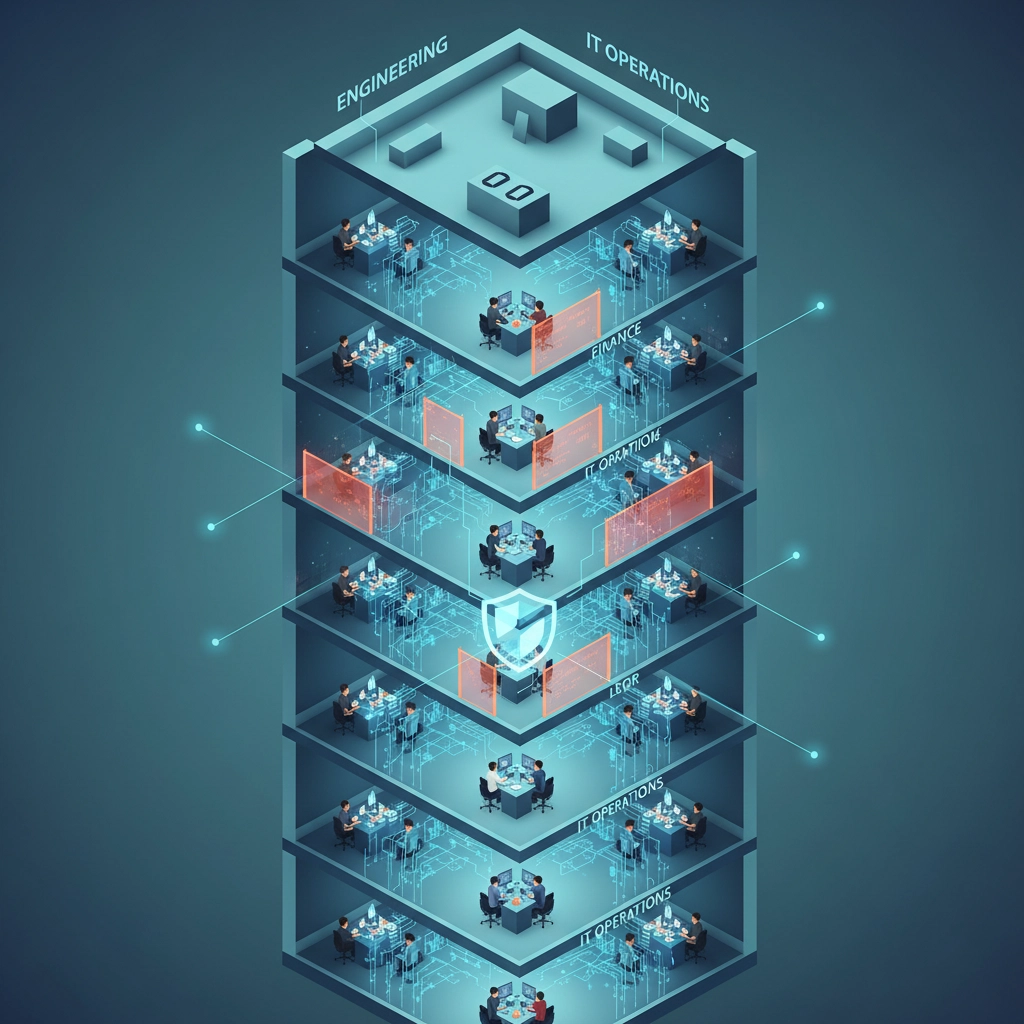
Beyond the 48-Minute Window
These rapid-response strategies are your first line of defense, but they work best as part of a comprehensive security approach. Multi-factor authentication makes it harder for attackers to get that initial foothold. Regular employee training reduces the success rate of phishing attempts. Automated backups ensure you can recover quickly even if an attack succeeds.
The reality is that cyber defense has fundamentally changed. The old approach of "detect, investigate, then respond" simply doesn't work when attackers move this fast. You need systems that can detect and respond simultaneously, often without human intervention.
Your Next Steps
Don't wait until you're the next victim to take this seriously. Start with an honest assessment of your current response capabilities. Can your team detect and respond to a threat in under 48 minutes? Do you have automated systems in place, or are you relying on manual processes?
If you're not sure where your security stands or need help implementing these rapid-response strategies, B&R Computers specializes in helping businesses build defense systems that match the speed of modern threats. We can assess your current setup and help you implement the automated tools and processes that give you a fighting chance in today's threat landscape.
The 48-minute countdown starts the moment an attacker gets into your network. The question is: will you be ready?
Ready to find out how fast your business can respond to a cyber attack? Contact B&R Computers today for a security assessment that measures your response times against real-world attack speeds.





